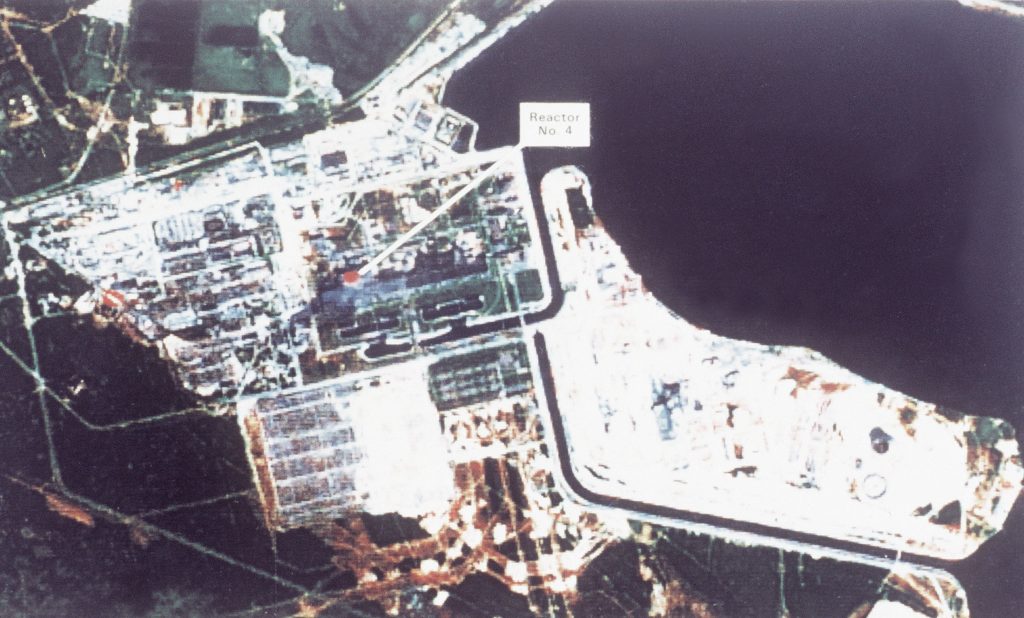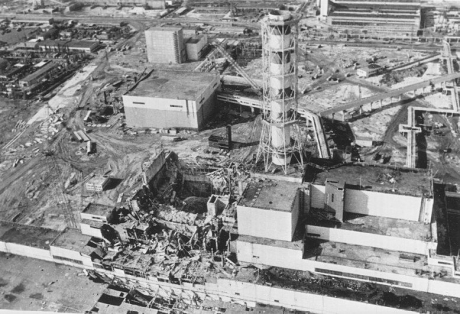17MAR2011
The situation in Japan, with Fukushima Daiichi nuclear plant, is similar to the 1986 Chernobyl disaster, in that nuclear fuel was exposed. The Japanese are trying to deal with the situation by dumping water onto the reactors and spent fuel pools. At this point only partial melting of fuel rods have occurred. How did the Soviets deal with Chernobyl, where full melt down of the entire reactor took place?
After a series of attempts to restrain the nuclear melt down failed, resulting literally in melting of the reactor (in the U.S. it’s called China Syndrome, because jokingly it was said it would melt it’s way to China), the Soviets began to air drop sand, lead and boric acid. 5,000 metric tons worth in one week! The reactor was eventually sealed in a concrete coffin.
Most people working to fight the Chernobyl disaster died from radiation exposure. One firefighter said it felt like pins & needles on his face, and the air tasted like metal, then he died. Most of the vehicles used are still parked at the Chernobyl compound.
Soviet scientist were concerned with the melting reactor reaching ground water. They decided to pour huge amounts of concrete in the bottom of the reactor building, which seems to have worked.
For perspective: Chernobyl was ONE reactor, no spent fuel pools. Japan is dealing, officially, with SIX reactors & their spent fuel pools (1,000+ fuel rods).
Fukushima 2011: JAPAN DISASTER START OF GLOBAL GREAT DEPRESSION
IDAHO NATIONAL LABRATORY WATCHING EVENTS IN JAPAN, SEA WATER MAY NOT WORK
JAPAN QUAKE = NO ECONOMIC RECOVERY


